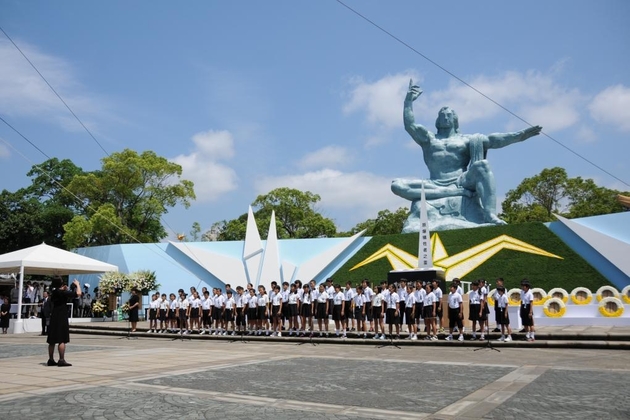Hakone & Mt. Fuji (Shimizu)
The view from Mt. Fuji is one of the most spectacular natural views in the world. Thanks to the beauty blessed by Mother of nature, Mt. Fuji and the area of Hakone are the most famous destinations in Shimizu shore excursions.
The location is not far away from the capital Tokyo so that the climate is also the same. However, Shimizu has the heavier rainfall and the cooler weather.
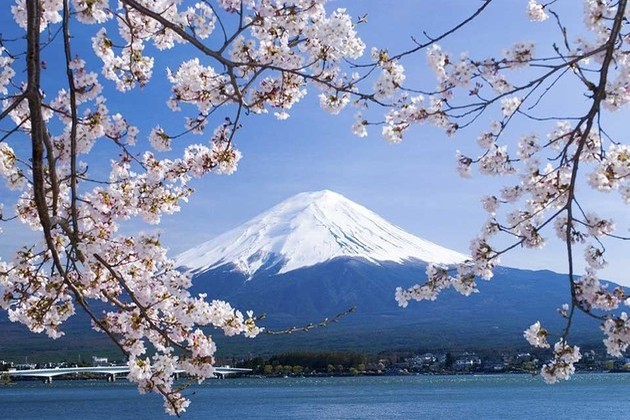
Tokyo
The capital of Japan attracts thousands of visitors all year round even though the weather is not that comfortable. Facing the cold winter is the thing which is waiting for you. The peak time of winter lasts from December to March with the average temperature is 6°C (43°F) and lack of times the weather is freeze level. The hottest time in Tokyo is seen from June to August with the temperature line changing from 22-26°C (72-78°F). However, you can feel hotter than the real temperature due to the high humidity.
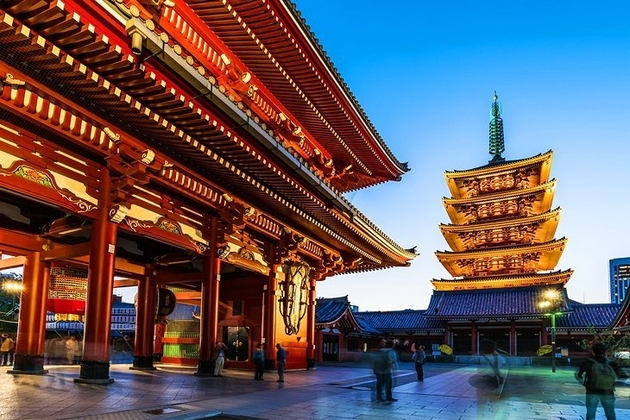
Kyoto
For overall, the best time to hop on Kyoto shore excursions is during the time from October to November and March to May with comfortable temperature and clear sky. Besides, the beautiful city of Kyoto can be tasted all year round, even in the summertime when the heat reaches its peak and humid is high. July is also the time when Kyoto Gion festival held.
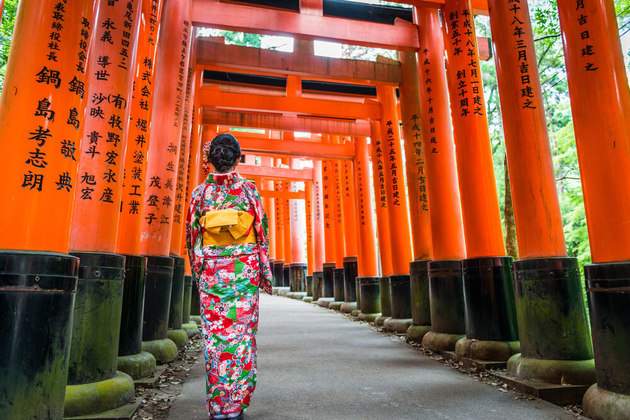
Hiroshima
Same as Kyoto but a bit more rainfall in the summertime, the worst time to visit Hiroshima shore excursions is during July and August with the peak of heat and rainfall. April and May is springtime when the cherry blossoms fully blooming to create the fantastic view over Hiroshima Castle that visitors can enjoy a pleasant weather.
September is also nice but you should follow the weather forecast to avoid typhoons. Autumn atmosphere and scenery over the city should be admired during October. However, if the cold is not a big matter with you, try visiting in winter for lower prices and fewer visitors.
 Kanazawa
Kanazawa
Located in Western Japan, Kanazawa has the cooler weather with more rainfall and snow than the capital Tokyo. Passengers want to enjoy Kanazawa shore excursions should avoid heavy snow covering everything causing a pure white scenery in wintertime from December to March.
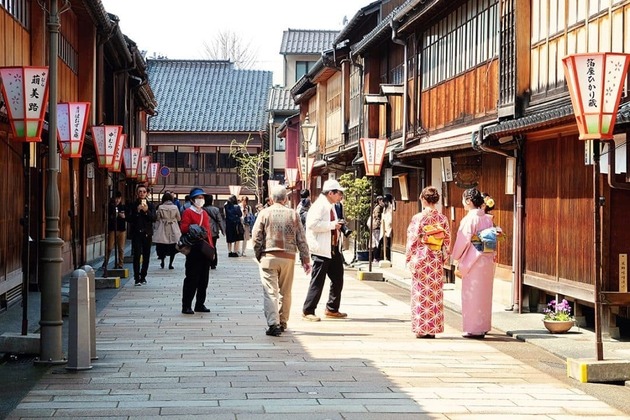
Hakodate
The highlight that attracts passengers enjoying Hakodate shore excursions is wild monkeys bathing in hot springs. That’s the reason why the best time to visit Hakodate is in the cold months December to March with snowy weather and the monkey is more likely to soak in the hot water.
 Shikoku (Kochi & Tokushima)
Shikoku (Kochi & Tokushima)
Shikoku is home to four provinces including the famous Kochi and Tokushima. The area has a warm and pleasant weather with rarely snow dropping. The highest temperature is 30°C (86°F) from June to September which is the best time to enjoy underwater activities. Rain season also happens in this time, but the rainfall is small amount than the rest of Japan.
 Nagasaki
Nagasaki
Nagasaki locates in southern Japan that the weather is warmer and milder than the rest of the country. However, the coldest months in winter from December to February, the temperature can drop off 3 - 12°C (37 - 54°F). The winter passes by and leaves the city with nice weather and lack of rain so that the best time to enjoy Nagasaki shore excursions is in March, April, and October.

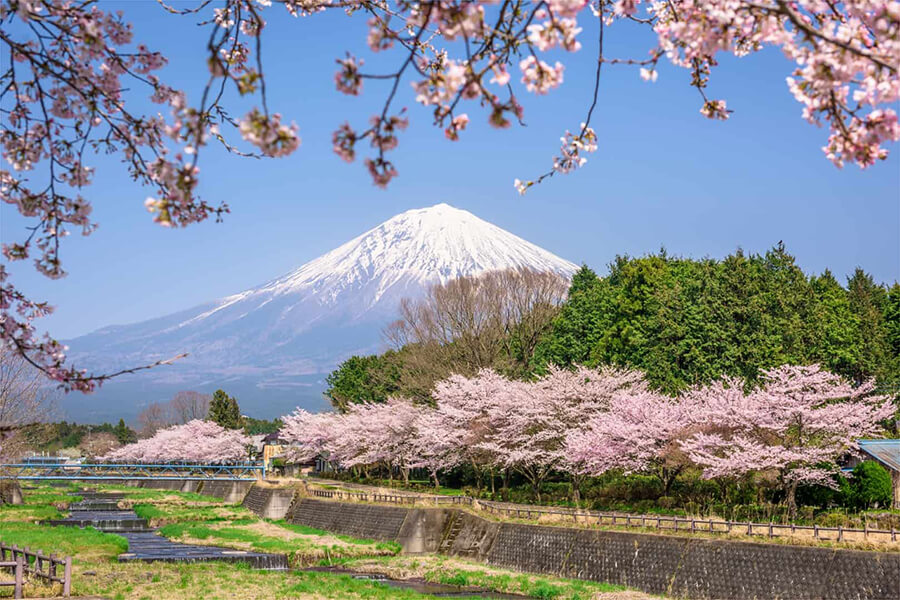
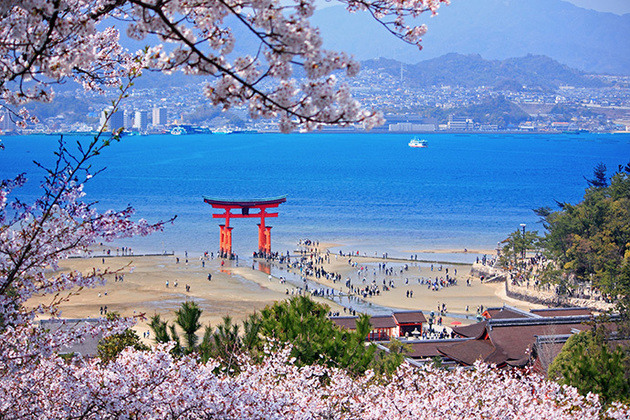 Kanazawa
Kanazawa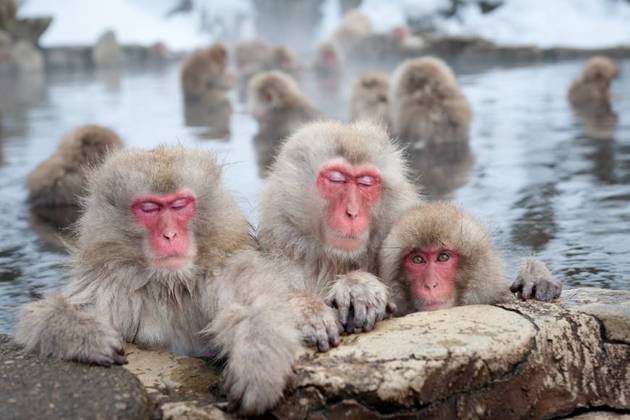 Shikoku (Kochi & Tokushima)
Shikoku (Kochi & Tokushima)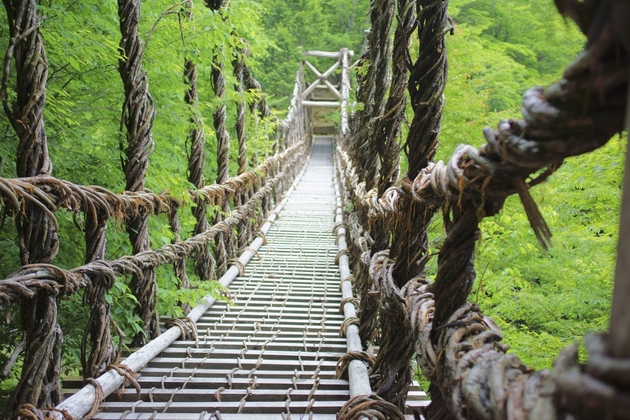 Nagasaki
Nagasaki